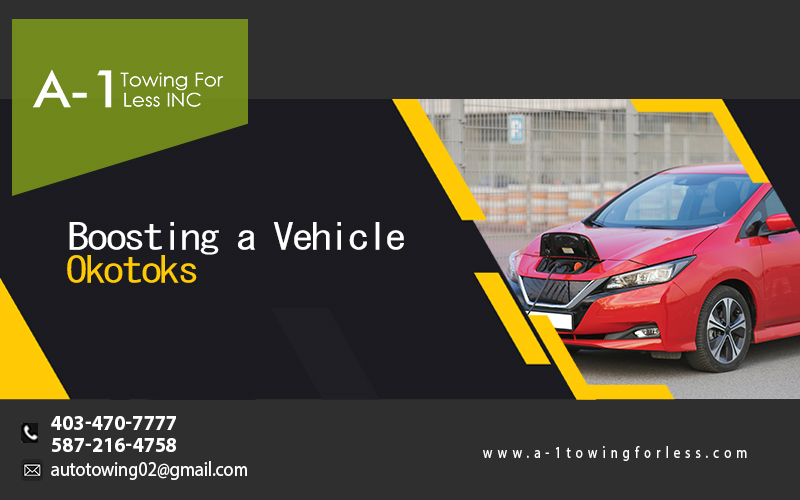Getting stuck in the middle of the road because of the battery is a more common problem than we might think. To solve it quickly and efficiently, there are so-called portable battery starters. They can get you out of a bind on road trips. In this situation, you should opt for boosting a Vehicle in Okotoks. Do you know what are they, how they work, and what types exist?
When need a car jump starter?
Extreme temperatures, leaving the vehicle parked in a garage for several weeks, regularly driving short distances, or the age of the car are some of the factors that can cause the battery to discharge. When that happens, the disruptions that are caused are considerable. One of the solutions is to know the coverage offered by your insurance company and call them to send you a tow truck. However, this requires waiting a while. If you are looking for a fast and efficient alternative, you can use a device that allows you to solve this setback yourself: the car battery starter.
Another option indeed is to use electric clamps, but for this, you need another vehicle to feed yours, something that is not always easy to achieve. With a portable battery starter, you will be enough to feed the car with energy and get rolling again.
How does it work?
Its operation is very simple: with the tweezers that the device includes, you have to connect the positive cable with the positive terminal of the battery and do the same with the negative. Then you have to activate the starter and start the car.
When the battery has reached the desired charge, the clamps must be disconnected and, as soon as possible, recharge the starter so that it is in the optimum condition the next time we need it.
How to choose a starter
When buying a jump starter, you should choose one that is compatible with the vehicle to avoid a possible short circuit or overload. For this reason, you must take into account the electrical current that your car’s engine will need, according to three values:
Battery capacity (mAh)
It is the measurement that indicates, in milliamps per hour (mAh), the maximum electrical charge capacity that the battery can store. It determines the number of times you can start the vehicle, so the higher it is, the more times the car will be able to start.
Peak current (A)
It is the maximum value of current that the starter will send to the battery in a short period. This current shock causes the motor to start turning. If the engine does not start instantly, the cranking peak decays rapidly to a value that can be maintained continuously, and this is where battery capacity becomes most important, giving the engine more time to start.
Its value, which is measured in amps, can vary between 200 and 2,000 A. It is always advisable to choose a starter with a higher peak current than the car battery, as well as opt for a higher number of amps in large cars and of great displacement.
Output voltage (V)
It determines the type of voltage of the starter, and it must be chosen based on the voltage of the vehicle’s battery. Most cars usually work properly with 12V starters, while buses, trucks, or caravans need a higher voltage: 24V.
Conclusion

So, are you searching for the best Car Accident Recovery Services in Airdrie? Contact A-1 Towing For Less INC. We efficiently clear all the heavy-duty damaged vehicles from an accident or breakdown-prone area.

Leave a comment